https://www.spreaker.com/user/aquarianradio/ira-s-pastor-ascension-center-12-05-17-h?utm_medium=widget&utm_source=user%3A4875932&utm_term=episode_title
Category: cosmology

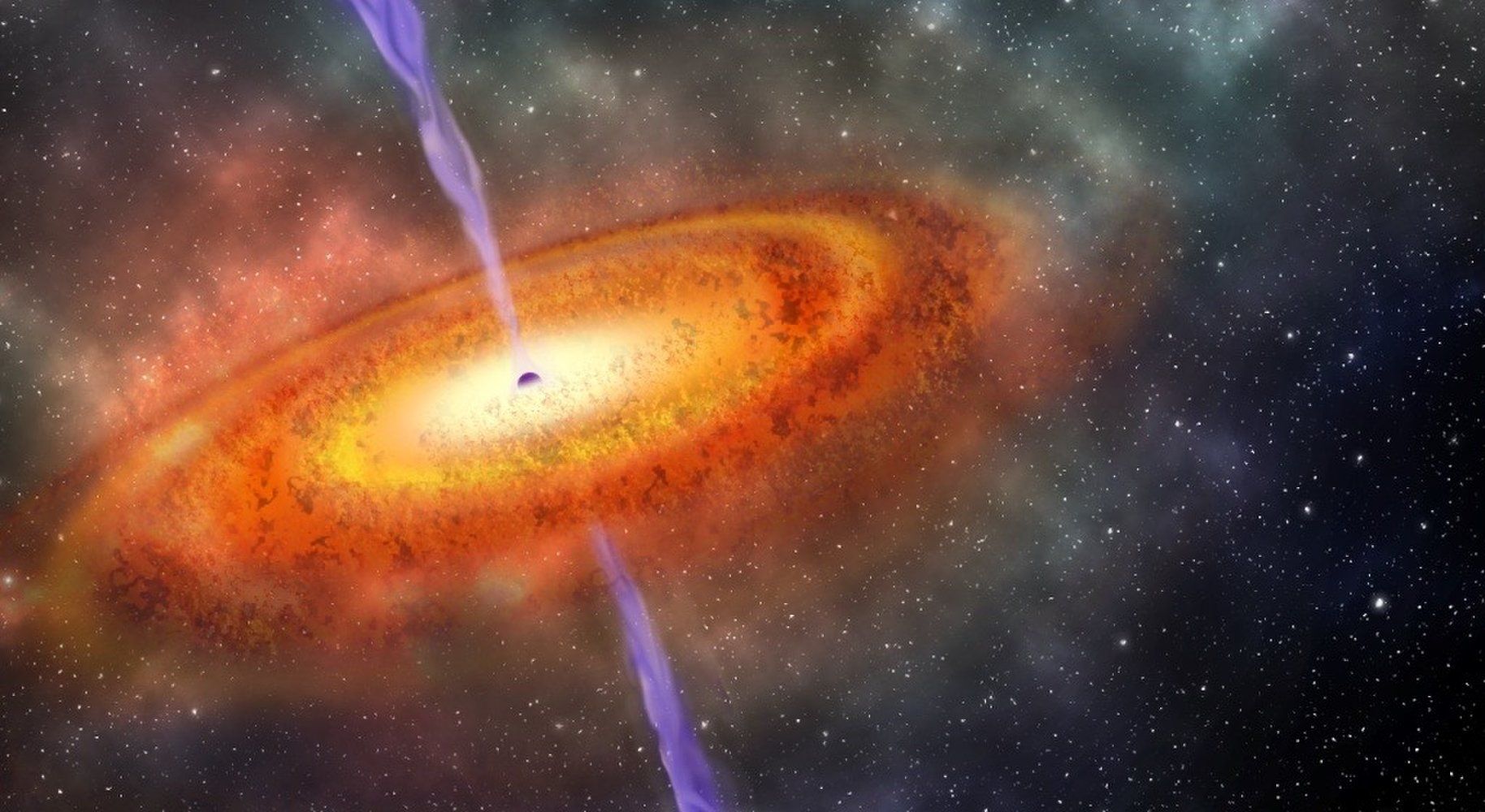
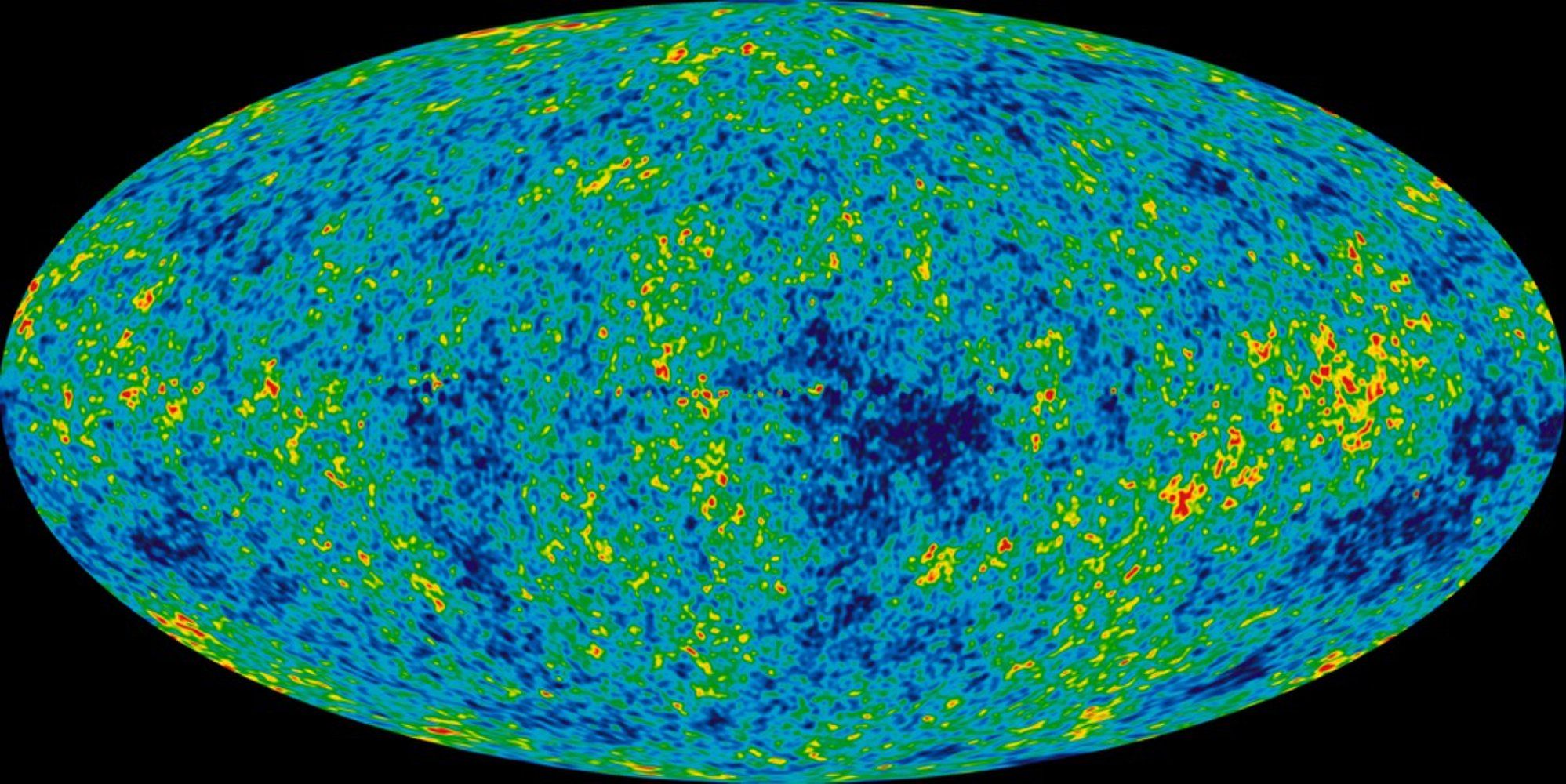
WMAP Team Wins $3 Million Breakthrough Prize in Fundamental Physics
A team of researchers who helped shape our understanding of the origin, evolution and nature of the cosmos is now $3 million richer.
Those folks worked on NASA’s WMAP space mission, which was awarded the 2018 Breakthrough Prize in Fundamental Physics today (Dec. 3) during a ceremony in Palo Alto, California.
From 2001 to 2009, WMAP mapped the cosmic microwave background (CMB) — the light left over from the Big Bang — with unprecedented precision. This work allowed scientists to nail down the age of the universe (about 13.8 billion years), its rate of accelerating expansion (roughly 70 kilometers per second per megaparsec) and its basic composition (about 5 percent “normal” matter, 24 percent dark matter and 71 percent dark energy). [Dark Matter and Dark Energy: The Mystery Explained (Infographic)].
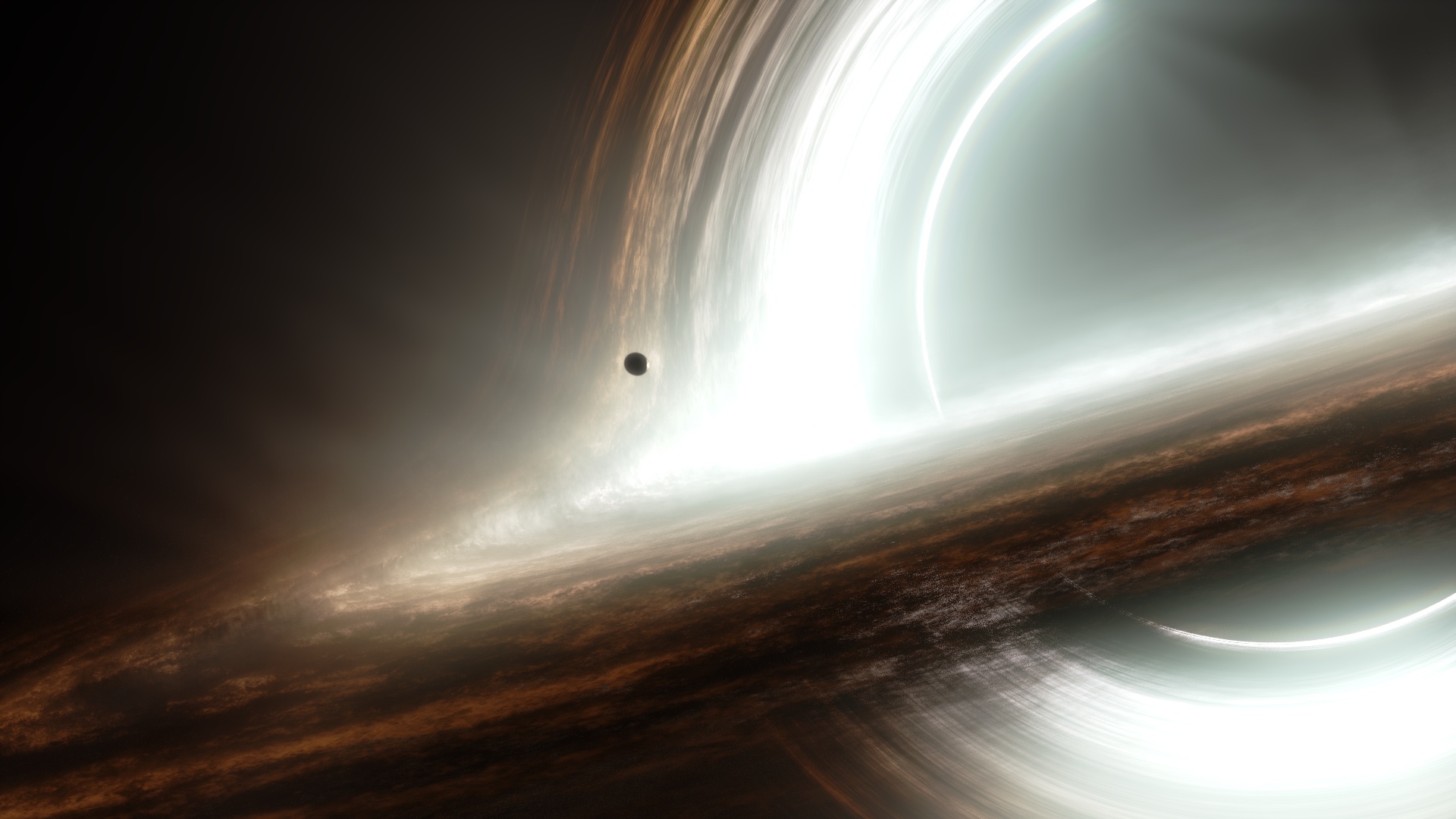
A brief visit from a red and extremely elongated interstellar asteroid — By Karen J. Meech et. al. | Nature
“Imminent upgrades to contemporary asteroid survey instruments and improved data processing techniques are likely to produce more interstellar objects in the upcoming years.”
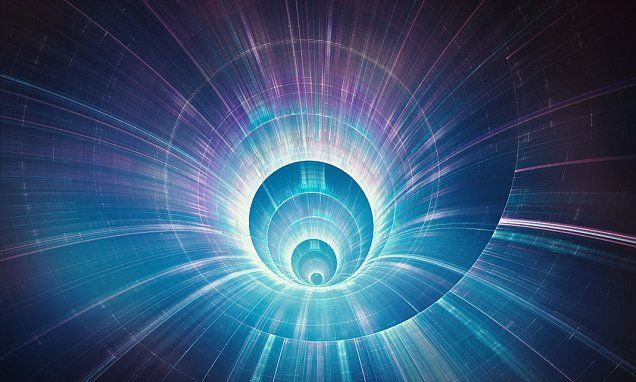
Traveling back in time could be possible, physicist says
As the common tropes of science fiction continue to break out into reality, from humanoid robots to self-driving cars, there’s one concept that has seemingly remained beyond our grasp: time travel.
But, jumping through time might not be impossible, after all, according to one astrophysicist.
By the rules of theoretical physics, certain conditions exist that would allow for the construction of elaborate wormholes, which could transport humans back to different eras.
While scientists have yet to discover the conditions needed to travel back in time, and construction a system large enough for humans certainly wouldn’t be easy, ‘there’s nothing forbidding it’ in the laws of theoretical physics, explains astrophysicist Ethan Siegel of Lewis & Clark College in the Forbes blog Starts With A Bang.
Backward time travel would rely on the elusive counterpart to the known positive energy / positive or zero mass particles found all throughout the universe – the negative mass/energy particles, which have long been theorized but never yet found.
‘If this negative mass/energy matter exists, then creating both a supermassive black hole and the negative mass/energy counterpart to it, while then connecting them, should allow for a traversable wormhole,’ Siegel writes.
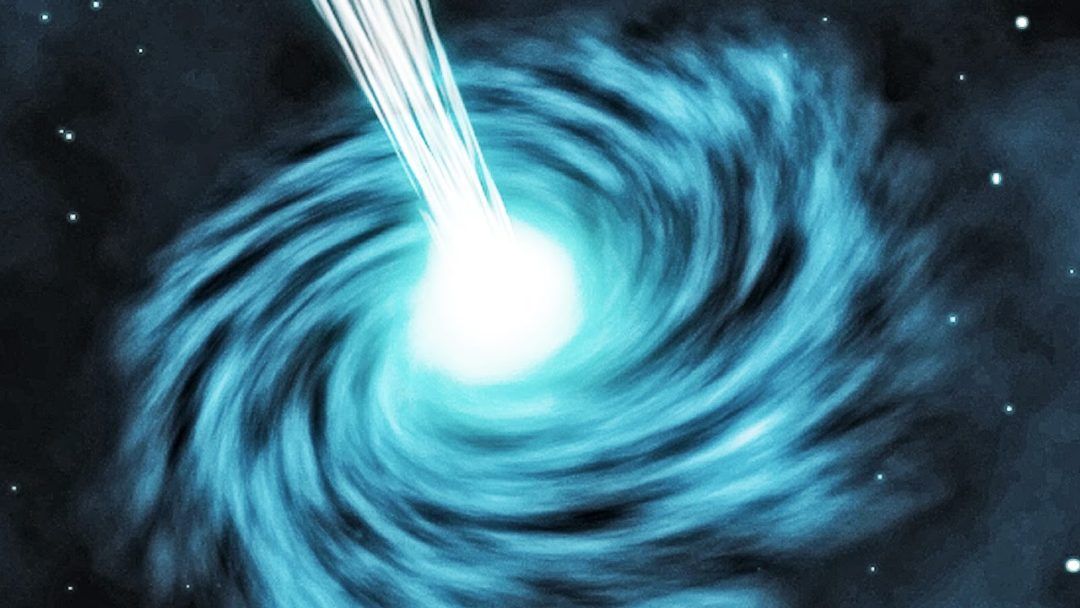
Hypothetical White Holes Could Link us to Different Universes
Black holes – everyone knows that they exist, but nobody really knows what they are exactly.
A lot of laws of physics seem to be ignored or omitted when it comes to black holes, so there always seems to be a missing link when it comes to understanding how they work.
BLACK HOLE Vs WHITE HOLE

Listen: Adam Savage interviews Natasha Vita-More
The SYFY25: Origin Stories Podcast, hosted by Adam Savage (editor-in-chief, tested.com and former co-host of Mythbusters), is a nostalgic celebration of all things science fiction. In this podcast series Adam sits down with creators, thought-leaders, and celebrity fans to discuss the moments, people, and milestones that have changed the genre universe forever. From revealing personal anecdotes to deep philosophical discussions.
Transhumanist philosopher Natasha Vita-More chats with Adam and explains what transhumanism means for us regular humans, how it will impact the evolution of humanity, and close we are to uploading our brains into databases, ensuring our immortality.
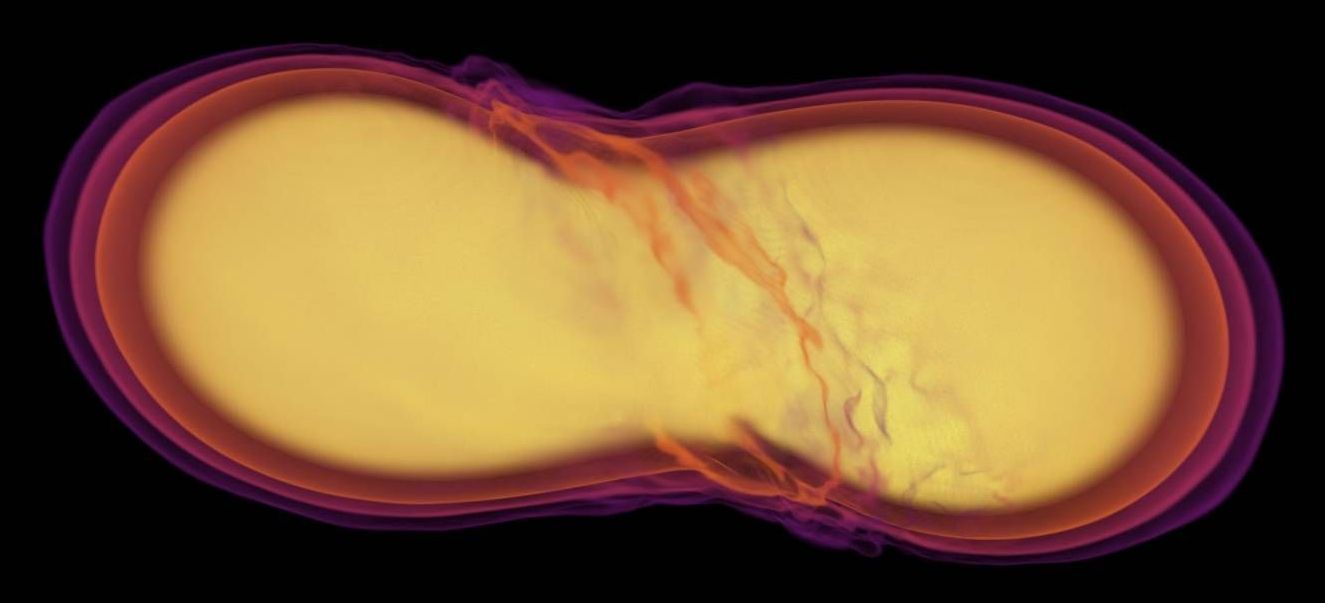
Neutron star merger confirms decades of predictions
While black hole collisions produce almost no signature other than gravitational waves, the collision of neutron stars can be — and was — observed up and down the electromagnetic spectrum. “When neutron stars collide, all hell breaks loose,” said Frans Pretorius, a Princeton physics professor. “They start producing a tremendous amount of visible light, and also gamma rays, X-rays, radio waves…”
Princeton researchers have been studying neutron stars and their astronomical signatures for decades.
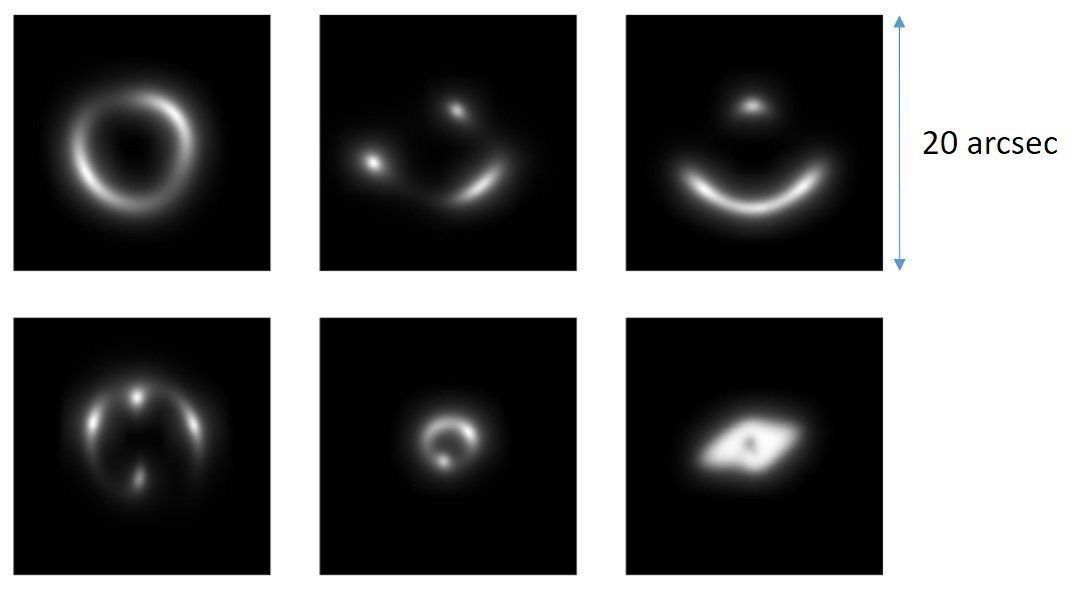
Artificial intelligence finds 56 new gravitational lens candidates
A group of astronomers from the universities of Groningen, Naples and Bonn has developed a method that finds gravitational lenses in enormous piles of observations. The method is based on the same artificial intelligence algorithm that Google, Facebook and Tesla have been using in the last years. The researchers published their method and 56 new gravitational lens candidates in the November issue of Monthly Notices of the Royal Astronomical Society.
When a galaxy is hidden behind another galaxy, we can sometimes see the hidden one around the front system. This phenomenon is called a gravitational lens, because it emerges from Einstein’s general relativity theory which says that mass can bend light. Astronomers search for gravitational lenses because they help in the research of dark matter.
The hunt for gravitational lenses is painstaking. Astronomers have to sort thousands of images. They are assisted by enthusiastic volunteers around the world. So far, the search was more or less in line with the availability of new images. But thanks to new observations with special telescopes that reflect large sections of the sky, millions of images are added. Humans cannot keep up with that pace.